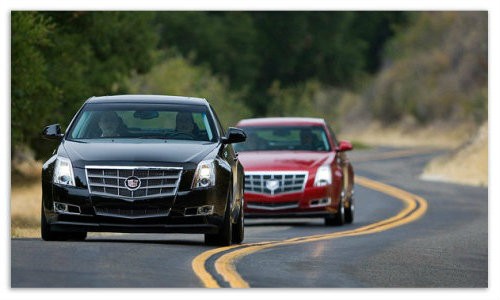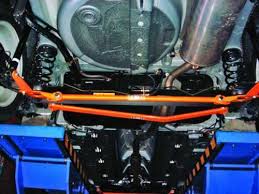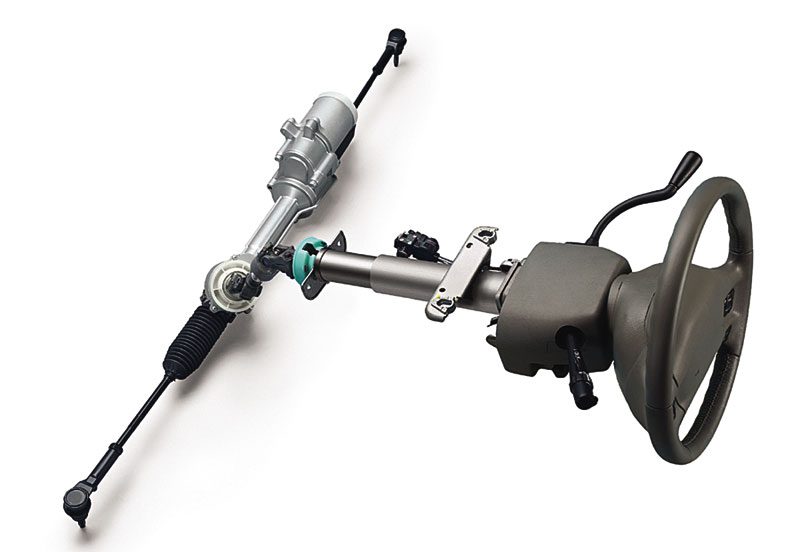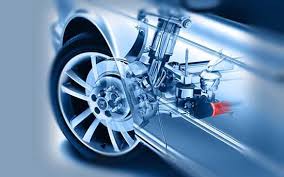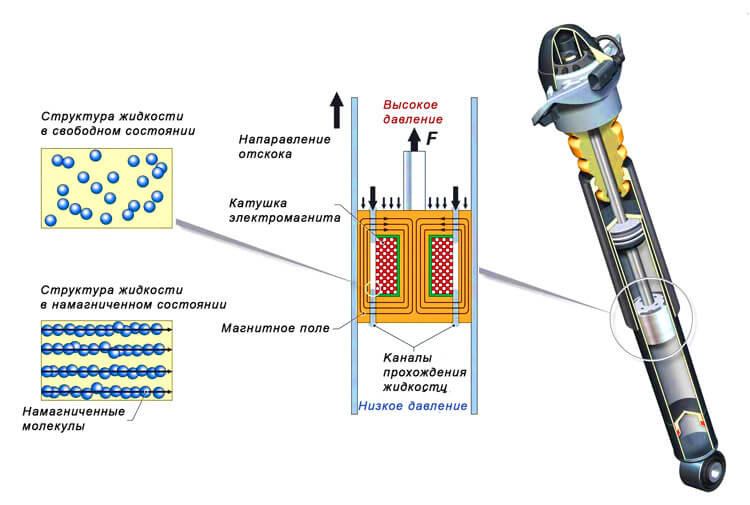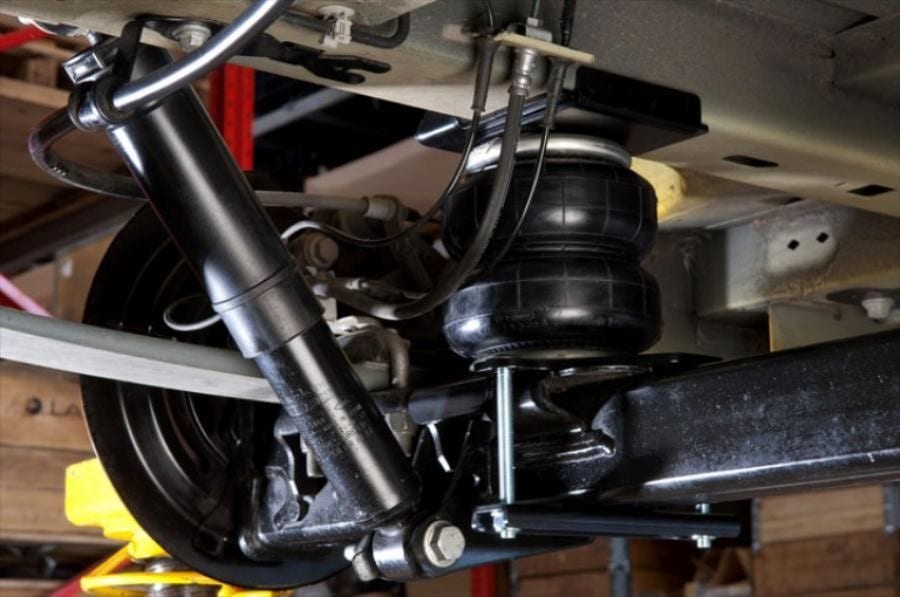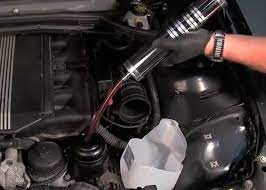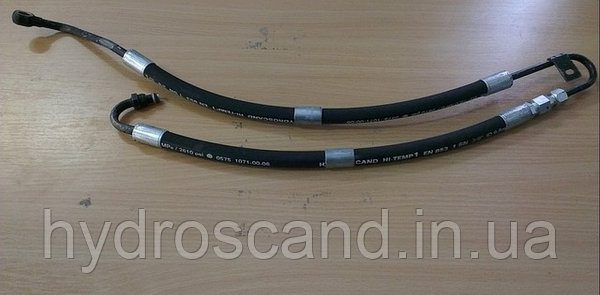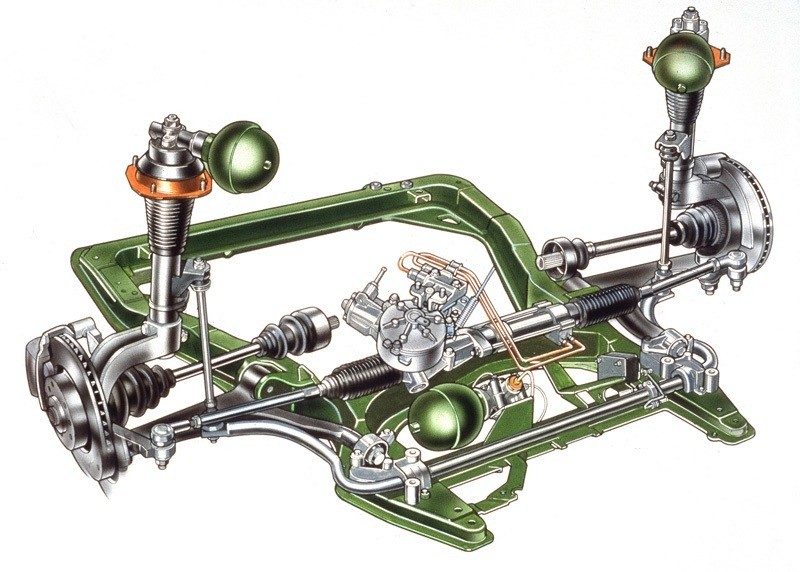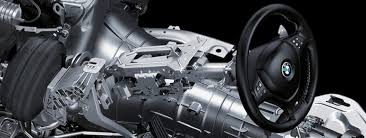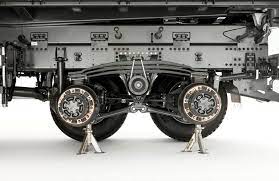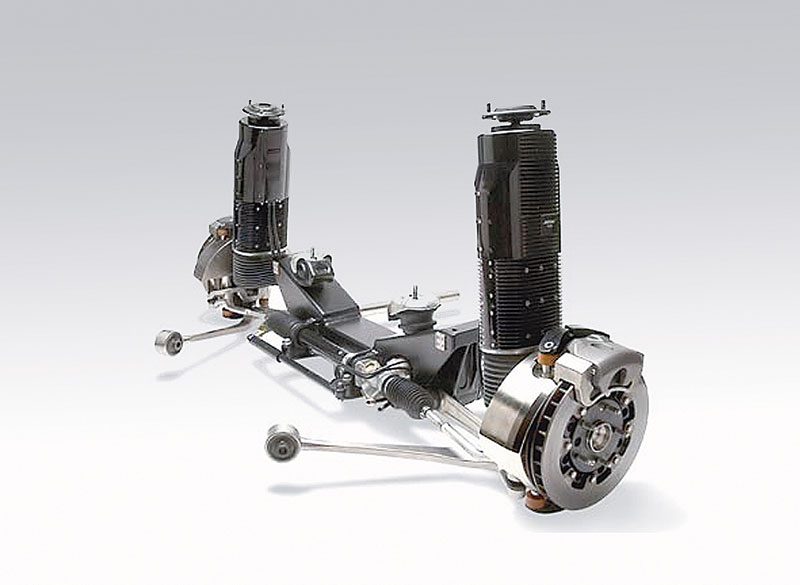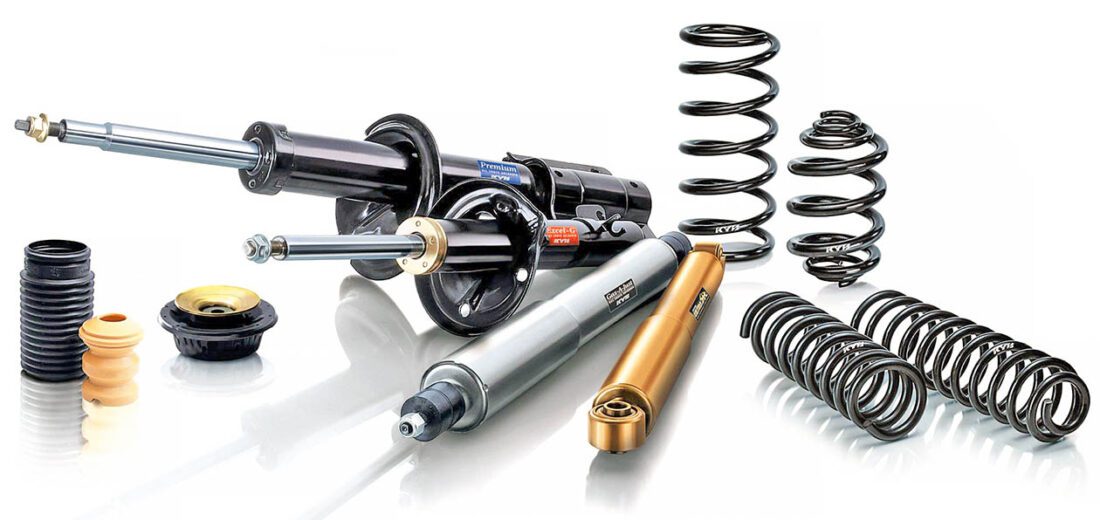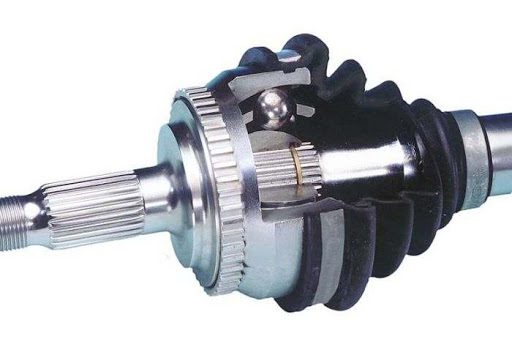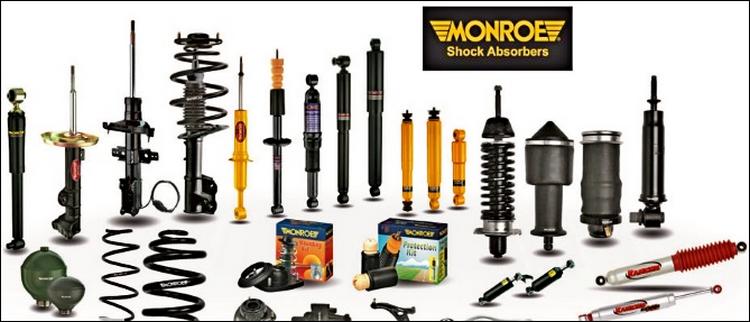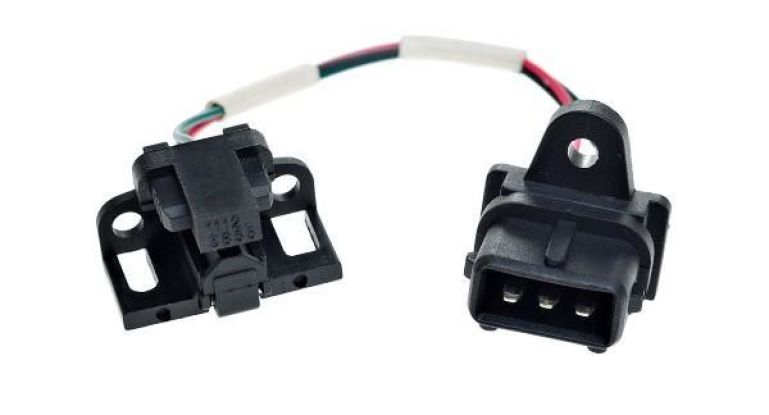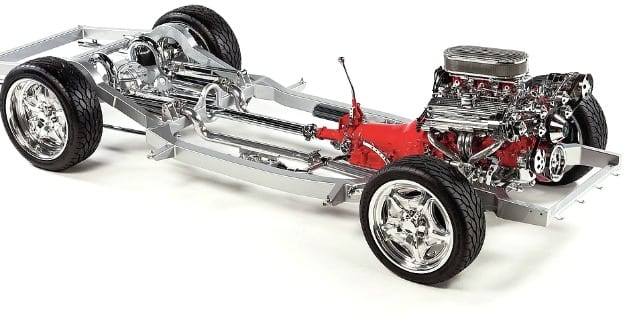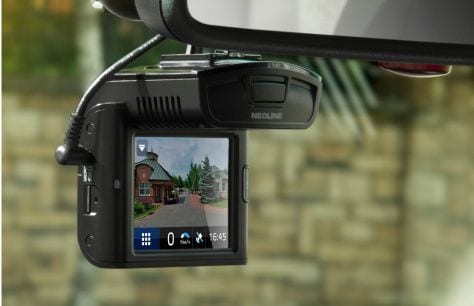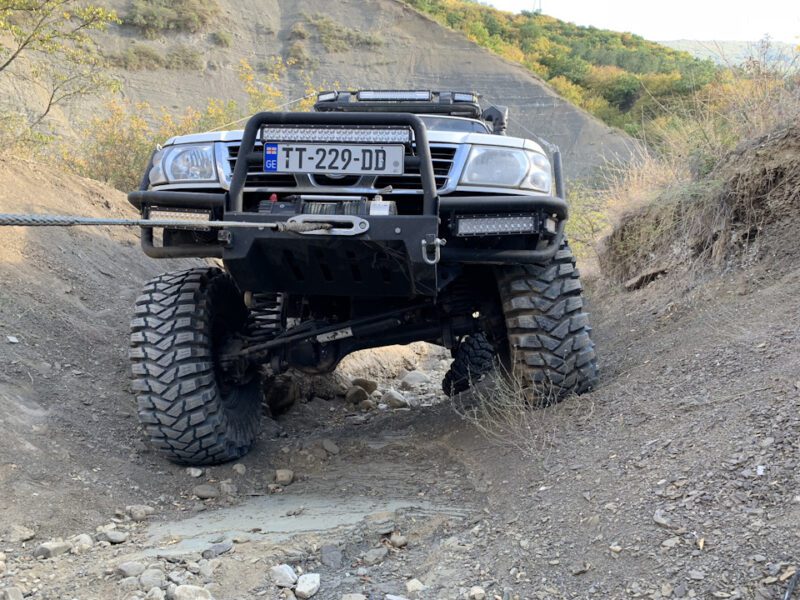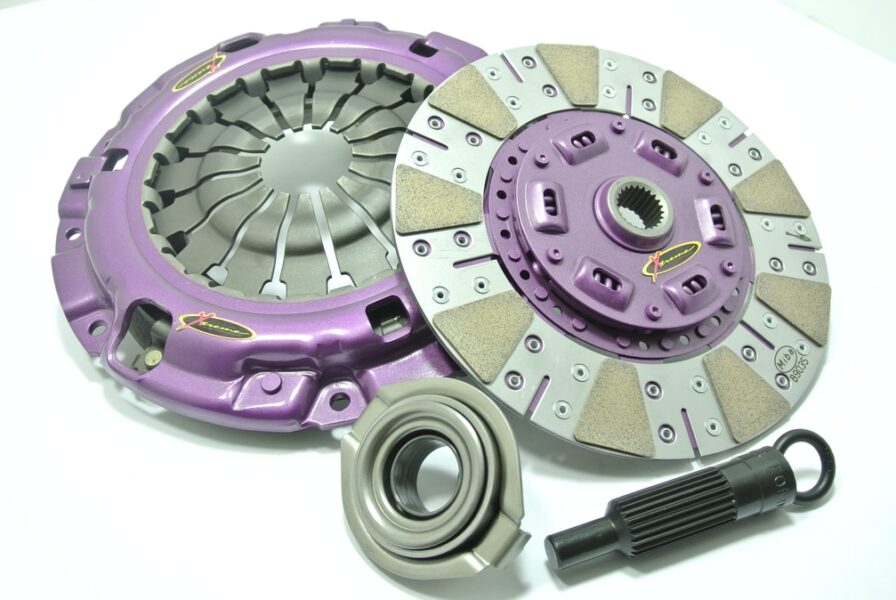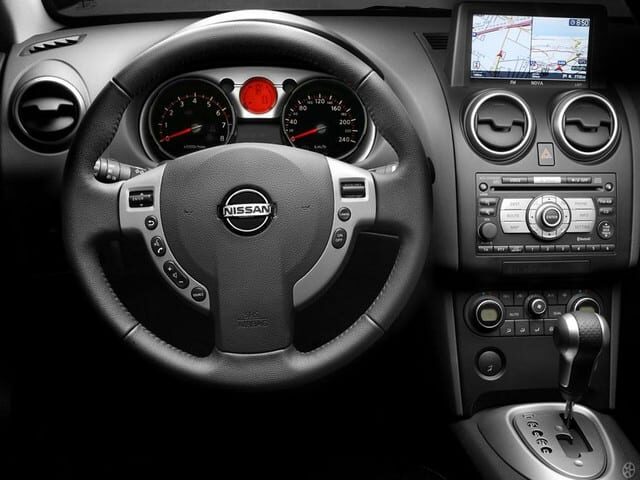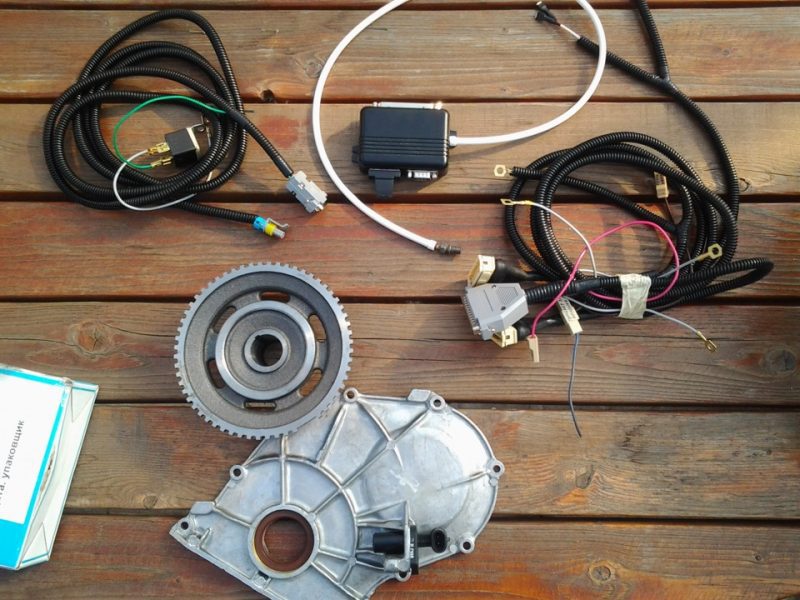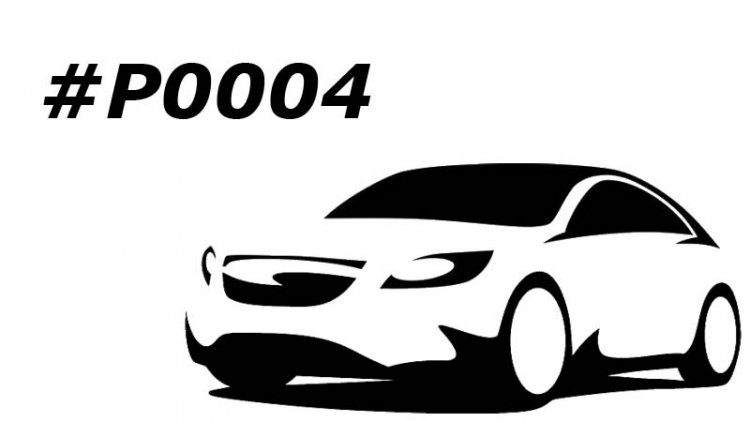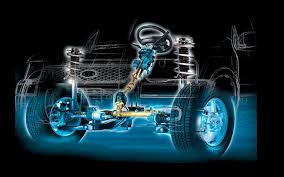Suspension and steering
Bright, trendy and more stable: everything you need to know about track extensions!
Just a few millimeters create a visible effect: the wider track gives the car a completely new look. Its shape is powerful, strong with added stability. Read all about track expansion below! Track widening is more than just a change in appearance. Driving quality is also changing. However, there are a few things to consider when widening gauge, and there are several disadvantages. Cheap tuning done quickly The positive side of widening the track is the maximum effect created with relatively little intervention. In principle, widening a track is as easy as changing wheels. The work steps are very similar. Installation of a complete set of wheel spacers takes only fifteen minutes. However, this transformation must be done carefully, requires concentration as well as the right tools. Pay attention to the legal aspect The wider the better? Not really . Wheel arch…
Pilot Suspension / Adaptive Damping: Operation
With all the techniques intended to improve and perfect the suspension of our cars, there is enough to get lost... Here we will see what a so-called piloted (or adaptive) suspension means, a system more widespread than the active suspension (pneumatic, hydropneumatic or even hydraulic with Mercedes' ABC suspension) because it is cheaper to produce. More precisely, it would be more accurate to speak of controlled damping because it is the shock absorber pistons which are under control here, and not the suspension (springs). However, knowing that the shock absorbers “pilot” the suspension (travel speed up and down), we can indirectly say that it is a piloted suspension…
Power steering hose: functions, repair, price
Your vehicle has two hoses that supply power steering fluid. These rubber hoses ensure proper power steering operation. But they can be damaged or cause leaks. Then you need to replace the power steering hose. ⚙️ What is a power steering hose? A hose is a connecting pipe, usually made of special rubber. Your engine hoses connect different parts of your engine. Durit was originally a registered trademark. Then gradually the name changed to a hose. Hoses carry various fluids in your engine: oil, coolant, brake fluid, etc. Therefore, your car has several of them. Among them, the power steering hose, whose role is to carry the power steering fluid. Most steering systems with…
What is power steering fluid, as well as its types and differences
Hydraulic power steering (HPS) is a system that is part of the steering of a car and is designed to reduce the effort applied by the driver when turning the drive wheels. It is a closed circuit, inside which is the power steering fluid. In the article, we will consider the types of hydraulic fluids, their characteristics and differences. What is power steering? First, let's take a brief look at the power steering device. As already mentioned, the system is closed, which means it is under pressure. The power steering includes a pump, a steering rack with a hydraulic cylinder, a reservoir with a supply of fluid, a pressure regulator (bypass valve), a control spool, as well as pressure and return pipelines. When the steering wheel is turned, the control spool rotates, switching the hydraulic flows. The hydraulic cylinder is integrated with the steering rack and works in both directions. The pump has...
The device and principle of operation of the hydropneumatic suspension Hydractive
Every year, automakers improve their car models, making some changes to the design and layout of vehicles of the latest generations. Some updates can be received by the following auto systems: Cooling (the design of the classic cooling system, as well as some of its modifications, is described in a separate article); Lubricants (its purpose and principle of operation are discussed in detail here); Ignition (there is another review about it); Fuel (it is considered in detail separately); Various modifications of all-wheel drive, for example, xDrive, which you can read more about here. Depending on the layout and the purpose of homologation, a car can receive updates of absolutely any system, even one that is not mandatory for modern vehicles (details on such car systems are described in a separate review). One of the most important systems providing safe and…
Features and Benefits of Magnetic Suspension
Any modern, even the most budgetary, car will be equipped with a suspension. This system, which is able to provide a comfortable ride on roads with different types of coverage. However, in addition to comfort, the purpose of this part of the machine is also to promote safe driving. Read more about what a suspension is in a separate review. Like any other car system, the suspension is being upgraded. Thanks to the efforts of engineers from various automakers, in addition to classic mechanical modifications, there is already a pneumatic design (read about it in detail here), hydraulic, as well as magnetic suspension and their varieties. Let's consider how the magnetic type of suspensions works, their modifications, as well as the advantages over classical mechanical designs. What is magnetic suspension Despite the fact that the depreciation system of the car is constantly being improved, and in ...
Best Car Shock Absorber Manufacturers
The first shock absorbers, structurally similar to modern models, from the point of view of history, appeared relatively recently, less than a hundred years ago. Until that time, cars and other vehicles used a more rigid design - leaf springs, which to this day are successfully used on trucks and trains. And in 1903, the first friction (rubbing) shock absorbers began to be installed on high-speed sports cars Mors (Mors). This mechanism has been widely used on cars for about 50 years. But the design idea, listening to the wishes of motorists, gave rise in 1922 to a single-tube shock absorber fundamentally different from its predecessor (the date is stated in the license of the Italian manufacturer Lancia). It was installed as an experiment on the Lambda model, and four years later the hydraulic models…
What is a suspension and car body lift
Today, increasing ground clearance is relevant not only for SUV owners. The state of domestic roads makes it necessary to “raise” their cars in order to avoid damage to the bottom, engine and transmission pans. In the article, we will consider what a suspension and body lift means, how it is carried out, and what nuances arise during operation. What is a car suspension lift? Suspension lift is called raising the car relative to the roadway by changing the design in the chassis. A body lift is called a body lift, where the body is raised relative to the frame by means of spacers. Both options have a place to be, but in order to choose the most appropriate way to increase the clearance, you should study the design features of the body and suspension of a particular car, and also understand where your car will be operated. The result of lifting is an increase ...
The device and principle of operation of the anti-roll bar
The anti-roll bar is one of the essential suspension elements in modern cars. Inconspicuous at first glance, the detail reduces body roll when cornering and prevents the car from tipping over. It is on this component that the stability, controllability and maneuverability of the car depend, as well as the safety of the driver and passengers. Principle of operation The main purpose of the anti-roll bar is to redistribute the load between the elastic elements of the suspension. As you know, the car rolls in corners, and it is at this moment that the anti-roll bar comes into play: the struts move in opposite directions (one strut rises and the other falls), while the middle part (rod) begins to twist. As a result, on the side where the car "fell" on its side, the stabilizer raises the body, and on the opposite side it lowers it. The more…
How to change the fluid in the power steering
The first mass-produced car with power steering was the Chrysler Imperial model of 1951, and in the Soviet Union the first power steering appeared in 1958 on the ZIL-111. Now, fewer and fewer modern models are equipped with a hydraulic power steering system. This is a reliable unit, but in terms of maintenance it requires attention, especially in matters of quality and replacement of the working fluid. Further, in the article we will learn how to change and add power steering fluid. What is power steering fluid The power steering system is designed primarily to make driving easier, that is, for greater comfort. The system is closed, therefore it works under pressure created by the pump. Moreover, if the power steering fails, the control of the machine is preserved. A special hydraulic fluid (oil) acts as a working fluid. She…
The device and principle of operation of EGUR Servotronic
The Servotronic electro-hydraulic power steering is a vehicle steering element that generates additional force when the driver turns the steering wheel. In fact, the electric power steering (EGUR) is an advanced power steering. The electric power steering is characterized by an improved design, as well as a higher level of comfort when driving at any speed. Consider the principle of operation, the main components, as well as the advantages of this steering element. The principle of operation of EGUR Servotronic The principle of operation of the electro-hydraulic booster is similar to the operation of the hydraulic power steering. The main difference is that here the power steering pump is driven by an electric motor, not an internal combustion engine. If the car is moving straight (the steering wheel does not turn), then the fluid in the system simply circulates in the direction from the power steering pump to the reservoir and back. When the driver turns the steering wheel...
Marking car springs by stiffness
There are two important elements in the car suspension device: a shock absorber and a spring. Shock absorbers and their various modifications are described separately. Now let's focus on the springs: what is their marking and classification, as well as how to choose the right manufacturer. Knowing this information will help the motorist not to make a mistake when you need to buy a new kit for your car. The main varieties Before we begin to consider the varieties of springs for cars, let's briefly recall why they are needed. Moving over bumps, the car must remain soft. Otherwise, the trip will not be different from moving on a wagon. To ensure comfort, automakers equip vehicles with suspension. In fact, the comfort of using the suspension is an added bonus. The primary purpose of springs in a car is safety ...
The device and types of steering drive
The steering gear is a mechanism consisting of levers, rods and ball joints and designed to transfer force from the steering gear to the steered wheels. The device provides the necessary ratio of the angles of rotation of the wheels, which affects the effectiveness of the steering. In addition, the design of the mechanism makes it possible to reduce self-oscillations of the steered wheels and exclude their spontaneous rotation during the operation of the vehicle suspension. The design and types of the steering drive The drive includes all the elements located between the steering mechanism and the steered wheels. The structure of the assembly depends on the type of suspension and steering used. Steering gear mechanism "pinion-rack" This type of drive, which is part of the steering rack, is most widely used. It consists of two horizontal rods, steering tips and swing arms of the front suspension struts.…
The device and principle of operation of the dependent suspension
Dependent suspension differs from other types of suspension by the presence of a rigid beam connecting the right and left wheels, due to which the movement of one wheel is transferred to the other. Dependent suspension is used where simplicity of design and inexpensive maintenance are needed (budget cars), strength and reliability (trucks), constant ground clearance and large suspension travels (off-road vehicles). Consider what advantages and disadvantages this type of suspension has. How it works Dependent suspension is a single rigid axle that connects the right and left wheels. The operation of such a suspension is distinguished by a certain pattern: if the left wheel falls into a pit (vertically falls down), then the right one rises up and vice versa. Usually the beam is connected to the car body with the help of two elastic elements (springs). This design is simple, while it ...
Purpose and device of a steering column of a car
The device of any car includes steering. This system allows you to set the direction of a moving vehicle by turning the front wheels. In some modern models of passenger cars, the steering is able to slightly change the position of the rear wheels. As a result, the turning radius is significantly reduced. How important this parameter is can be found in a separate article. Now let's focus on the key mechanism, without which the car will not turn. This is a steering column. Consider what modifications this mechanism can have, how it is regulated, and also how to repair or replace it. What is the steering column of a car The steering mechanism is set in motion by the driver using the steering wheel located in the passenger compartment of the car. It transmits torque to the swivel wheel drive.…
How to properly replace the CV joint in the car
During the operation of the car, all moving and rubber parts eventually fail. This is due to the fact that each part has its own resource, and the conditions and operating environment make their own adjustments. CV joint - constant velocity joint, is a hinge element for transmitting torque from the transmission to the wheel. Provides torque transmission at angles of rotation up to 70°. The car uses an internal CV joint (connected to a gearbox or axle gearbox) and an external one (from the side of the wheel). The people call the SHRUS a “grenade” for a similar shape. Methods for checking the internal CV joint The internal CV joint fails much less frequently than the outer one, but its diagnosis is somewhat more complicated. The reliability of the internal hinge is due to its low mobility and design feature ...
